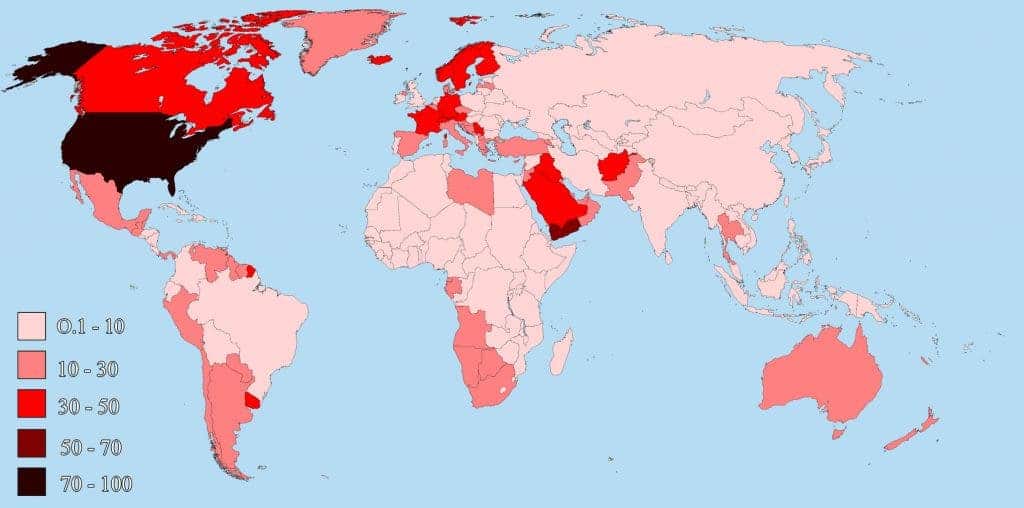A meta-analysis combed through about 130 studies which document the effects of gun control policies in 10 different countries, making it the most comprehensive systematic review of its kind. The researchers found strong evidence that a strict gun control policy (i.e. banning automatic rifles, making background checks, requiring permits and licence for firearms) reduces gun related deaths, both homicides and suicides. Gun control is also associated with fewer cases of domestic shootings or accidental infant mortality by firearm.
Around the world there have been many changes in gun control legislation, yet pinpointing with clarity which measures are effective in reducing firearm related mortality proves to be a challenge. This systematic review aims to make sense of all this clutter. The evidence strongly points to reductions in firearm deaths after the simultaneous application of law restricting firearm use.
Included in the review are cases like South Africa’s Firearm Control Act from 2000 which led to a 13.6 percent/year decrease in gun-related homicides over five years. Austria’s 1997 similar policy reduced homicides by 4.8 percent, while suicides went down by 9.9 percent. Australia seems to have been the most successful after the country passed the National Firearms Agreement in 1996 following the Port Arthur mass shootings that saw 35 people killed. In the wake of the tragedy, the Australian government banned automatic and semiautomatic firearms, adopted new licensing requirements, established a national firearms registry, and instituted a 28-day waiting period for gun purchases. Some 600,000 civilian-owned weapons were collected and destroyed. Everything took only a couple of months to implement. Prior to Port Arthur, Australia had experienced 18 mass shootings (more than five people killed). Since 1996, the tally so far stands at zero. The present review found clear and strong evidence of a reduction in firearm deaths after the law’s passage.
In the United States, one striking case is that of Missouri which repealed in 2007 a law that required residents to present a permit in order to purchase firearms. Missouri’s homicide rate jumped by 25 percent since then, and no other circumstance seem to explain this horrific statistic.

Map highlights gun ownership around the world. In the U.S. there are 88.8 guns per 100 people. The only other country that marginally comes close is Yemen with 54.8 guns per 100 people. Image: Reddit
The U.S. has one of the highest rates of firearm-related fatalities in the world. In 2012, there were 29.7 gun homicides per million people in the US, compared to only 5.1 per million in Canada, and 1.4 per million in Australia. No other developed country in the world comes close to the U.S. as far as firearm homicides are concerned.
Although far from being the last word, the present study strongly suggests that strict gun policy makes a country safer by reducing firearm related deaths. This is contrary to the belief that a well armed populace deters crime. Time and time again, especially following mass shootings (there were 353 mass shootings reported in 2015 alone), the media polarizes a discussion about whether or not Americans ought to have the right to easily purchase firearms. Sadly, these debates are more emotional than rational. Numbers and facts don’t seem to convince anyone, and the status quo seems more entrenched than ever.










